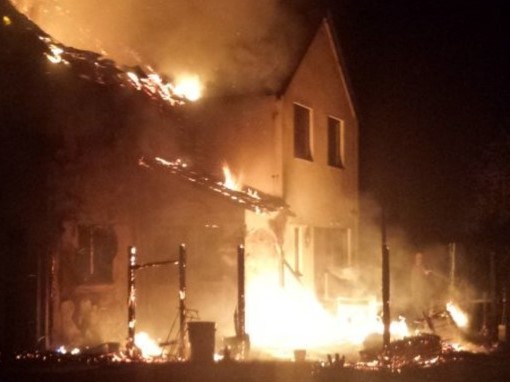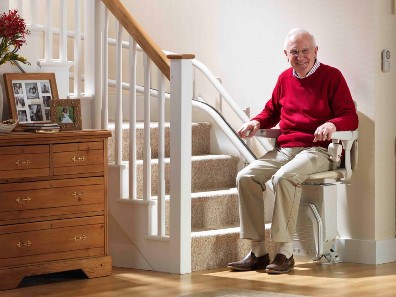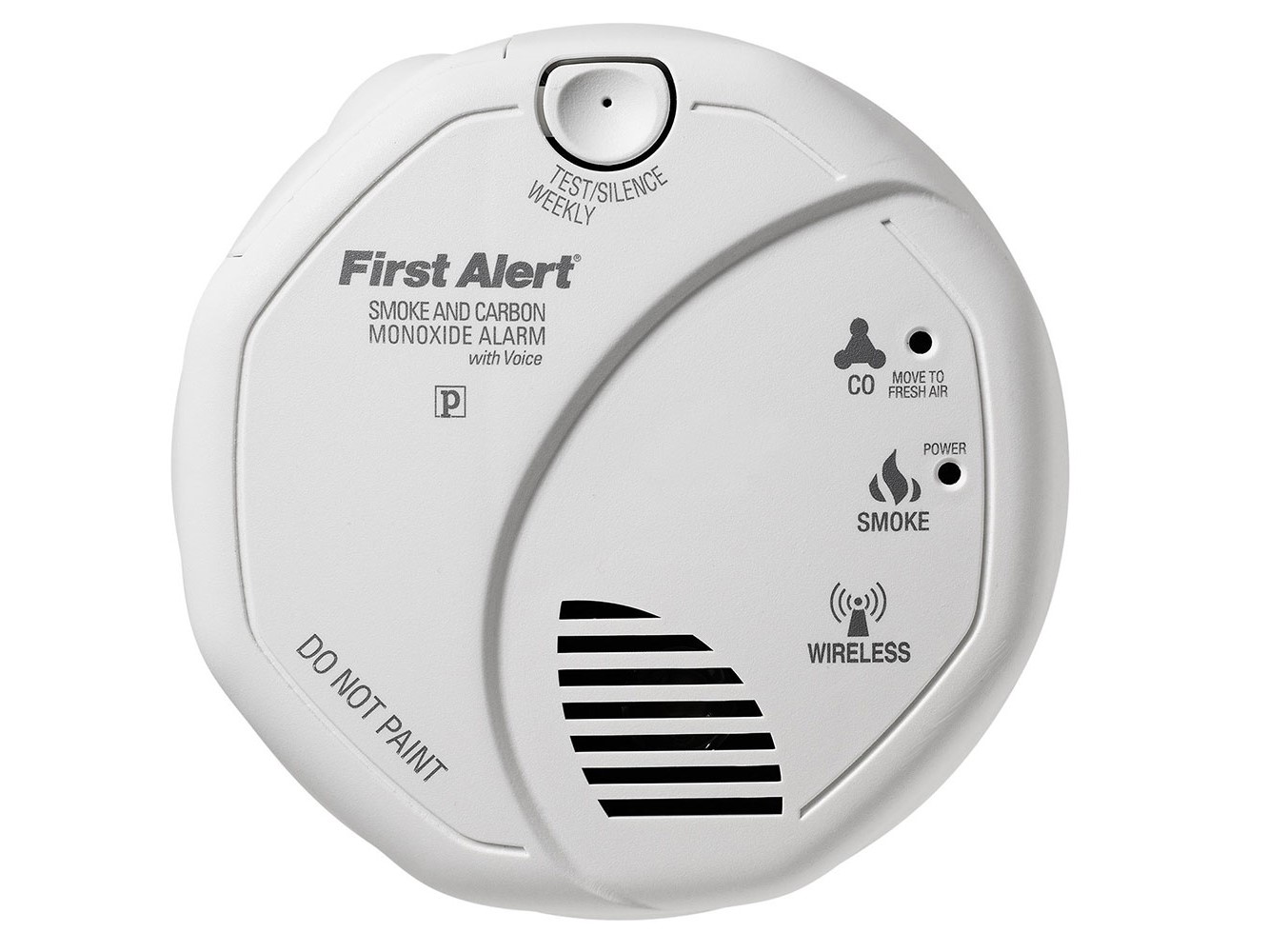Landlord Advice
As a landlord or a tenant, have you ever wondered what smoke alarms and carbon monoxide detectors you must provide or have fitted within your rented property? The table below sets out these requirements.
| Property Type | Requirements |
|---|---|
| Flat / House Single Family Occupancy (Pre 1992 construction) |
A preferably interconnected system of long life or mains smoke alarms throughout the property. CO Alarms present in all high risk rooms. |
| Flat / House Single Family Occupancy (Post 1992 construction) |
A preferably interconnected system of long life or mains smoke alarms throughout the property. CO Alarms present in all high risk rooms. |
| HMO 1 or 2 Story. Individual floor area of no more than 200sqm |
An appropriate mains powered interconnected smoke alarm system. Special HMO guides apply. CO Alarms present in all high risk rooms. |
| HMO 3 stories or higher |
An appropriate fire alarm system with a central panel. Special HMO guides apply. CO Alarms present in all high risk rooms. |
Detection matters
Residents of properties left unprotected against fire or carbon monoxide have a much higher than average chance of being injured or killed in their home. In the year ending December 2018: • Fire and Rescue Services (FRSs) attended 177,844 fires. Of the 29,956 primary dwelling fires attended by FRSs, three-quarters (75%) were in houses, bungalows, converted flats and other properties, whilst a quarter (25%) were in purpose-built flats. When looking at fires in purpose-built flats in more detail, 16 per cent of all dwelling fires were in purpose-built low-rise (1-3 storeys) flats/maisonettes; six per cent were in purpose-built medium-rise (4-9 storeys) flats and three per cent were in purpose-built high-rise (10+ storeys) flats. FRSs attended 809 fires in purpose-built high-rise (10+ storeys) flats, an eight per cent increase compared with the previous year, 97 people died and 1900 were injured in domestic fires affecting properties where no smoke alarm was present.
Around 250,000 UK homes are at risk from unacceptably high levels of carbon monoxide,
the invisible pollutant called ‘the silent killer’ is considered to be one of the most
dangerous pollutants in the world today. Colourless, odourless and tasteless, it can build up
in a home when stoves, fireplaces, gas ranges and furnaces are not properly ventilated and serviced.
Symptoms of carbon monoxide poisoning are described as “flu-like”, ranging from headaches, dizziness,
weakness, upset stomachs, nausea, chest pains, and in extreme cases, loss of consciousness and even death.
In the UK, carbon monoxide poisoning in the home accounts for 50 recorded deaths per year, and as many
as 4,000 medical visits, according to the Department of Health. The modern trend to install a wood-burning
stove may well account for the one million homes across the US, Canada and the UK that Nest says are
exposed to high levels of carbon monoxide each year. And the problem is worst in the UK.
Almost one per cent of UK households are exposed to high carbon monoxide levels each year, roughly 250,000 homes.
How many smoke alarms are required?
The more smoke alarms present in a property the better. Multiple alarms save vital seconds which will aid your tenants’ escape in the event of a fire. For larger properties, a network of interconnected devices is advisable to ensure the alarm is raised, and audible throughout your home in the event of a fire.
For single occupancy homes there must be at least one smoke alarm per floor, but many people prefer to site extra alarms within bedrooms for example. Best practice is to make sure that alarms installed are audible throughout the entire house whether awake or asleep, and sited in appropriate locations to maximise their capacity to pick up smoke.
For HMOs detailed requirements for the different sizes and types of HMO exist. A fire risk assessment must also be carried out in the communal parts of HMOs. See a more detailed guide to fire detection in HMOs.
Who do tenants contact if there is insufficient protection?
Initially tenants should discuss their situation with the landlord first. If a landlord is unresponsive, or unwilling to install alarms and meet legislation, they can be reported to the local housing authority.
H2K can fit it.
If you need you property bring up to code then contact H2K today
At H2K Services, you can be assured that all our services are carried out to the very highest standard.
We will always ensure that you receive a high quality service that is both safe and trustworthy.
We also provide quality reviews of all jobs undertaken, to ensure that they have been completed within an acceptable time frame and to the highest possible standards.
We know that you will be completely satisfied with our work so call us or get in touch to book an appointment.
We are fully Insured and DBS checked ✔.






